When air temperatures drop below 10°F (-10 °C), there is a very real danger of freezing. To prevent this, besides warm clothes, we also need to add changes to our diet.
The most at-risk are the parts of the human body that stick out - nose, ears and limbs.
There are different stages of freezing and the causes, besides the cold, can be tight or wet shoes and clothes.
People with cardiovascular system problems and poor circulation need to be extra careful when temperatures outside are very low and not remain unmoving for too long under any circumstances.
When temperatures are lower this also means having to change our diet to protect our body from the freezing temperatures. We must increase our intake of proteins and vitamins.

During days of lower temperatures it's extremely important that we drink more liquids such as water, fruit juices and tea, which all help our bodies get rid of toxins and viruses.
Tea from rose hips, hawthorn, chamomile, as well as light soups, to reduce the inflammatory processes in the body, are all recommended.
To counteract freezing, experts recommend eating dairy products, vegetables, vegetable broths, fish, porridges and bread more frequently. Honey and jams are also recommended but not in excess quantities.
You must avoid dry, hard foods, sausages, smoked goods, fatty meats, semi-processed foods, fast food, pastas and sodas.
If these products are present in your menu when it's extremely cold outside you risk speeding up the inflammatory processes in your body and thereby hindering its defenses against low temperatures.

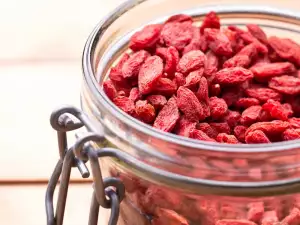
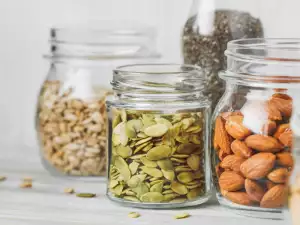



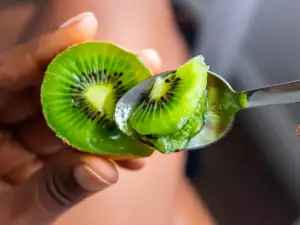


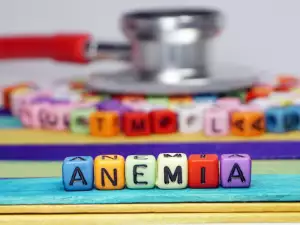
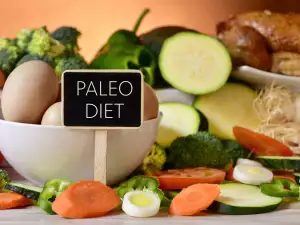



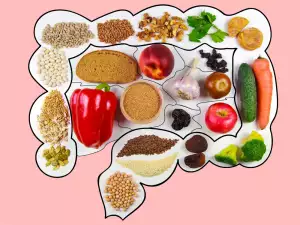
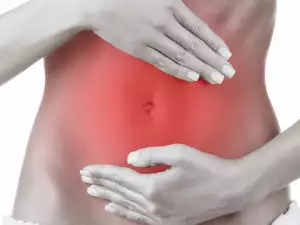




Comments